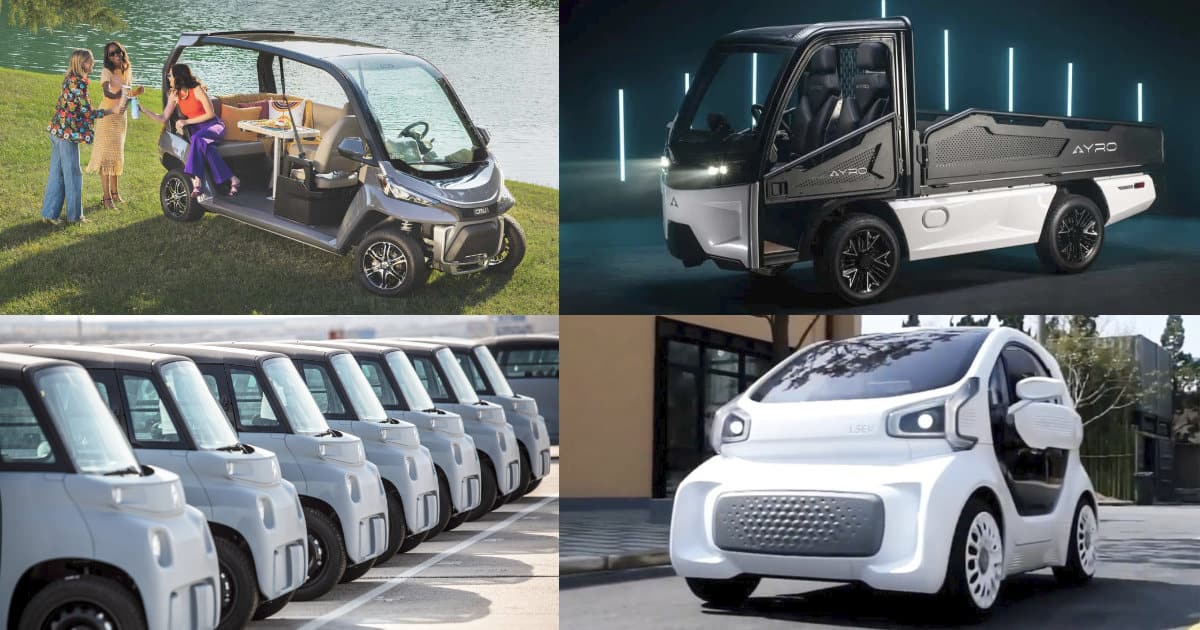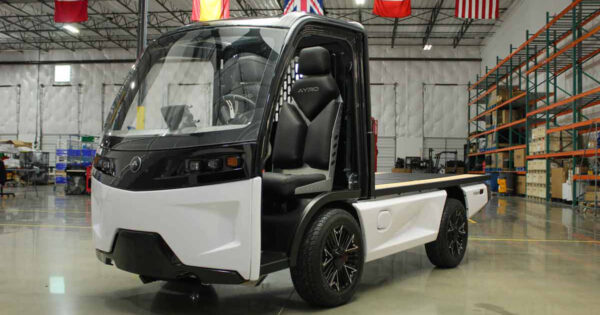Low-Speed Electric Vehicles (LSEVs), a class of electric vehicles designed primarily for short-range and low-speed urban commuting, are growing in popularity around the world. These vehicles represent a major shift in personal transportation and stand as an environmentally-friendly alternative to traditional gas-powered vehicles. LSEVs were conceptualized as a response to the increasing need for sustainable mobility solutions. Over time, their simple design, lower operating costs, and zero emissions have made them a popular choice for urban transportation.
Table of Contents
Understanding the Performance of LSEVs
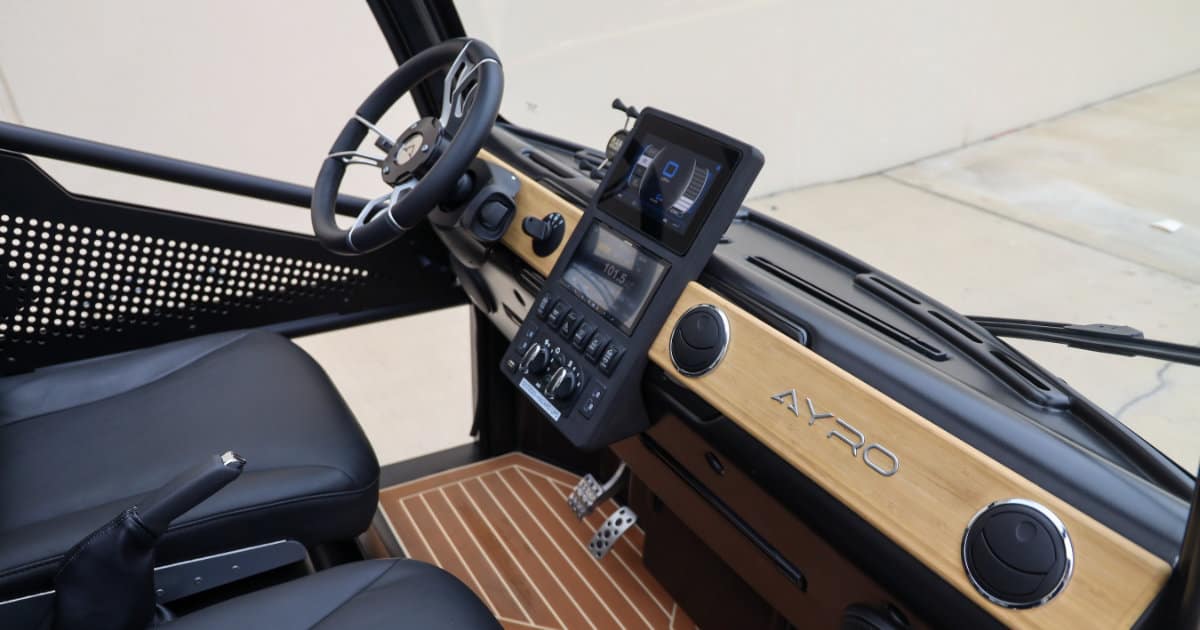
One of the defining features of LSEVs is their performance parameters. In terms of speed, most LSEVs are limited to around 25-30 mph, depending on local regulations. As for range, these vehicles typically offer anywhere between 30 to 100 miles on a single charge, depending on the model, terrain, and load. However, given that LSEVs are designed for short commutes, the range is generally sufficient for most users.
LSEVs excel when it comes to efficiency. They convert over 90% of electrical energy to drive power, compared to less than 35% energy conversion in internal combustion engine vehicles. A key contributor to this efficiency is regenerative braking, a feature that converts kinetic energy into electrical energy during deceleration, effectively extending the range.
Delving into LSEV Technology
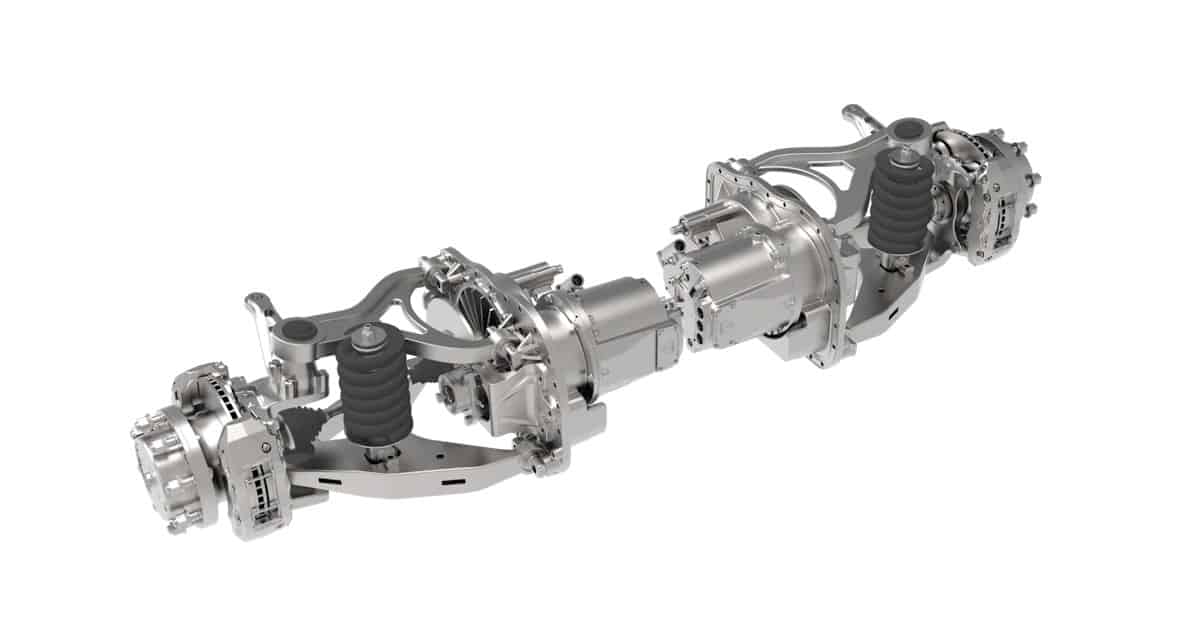
At the heart of an LSEV lies its electric motor, which replaces the internal combustion engine found in traditional vehicles. These motors, usually of the brushless DC or induction AC types, are known for their durability and require significantly less maintenance than their gasoline counterparts.
Another key component is the battery. LSEVs traditionally have used lead-acid batteries due to their lower cost, but newer models are increasingly adopting lithium-ion batteries because of their superior energy density and lifespan. It’s important to note that battery life expectancy can be influenced by several factors, including driving conditions, charging habits, and ambient temperature.
Legal and Regulatory Framework for LSEVs
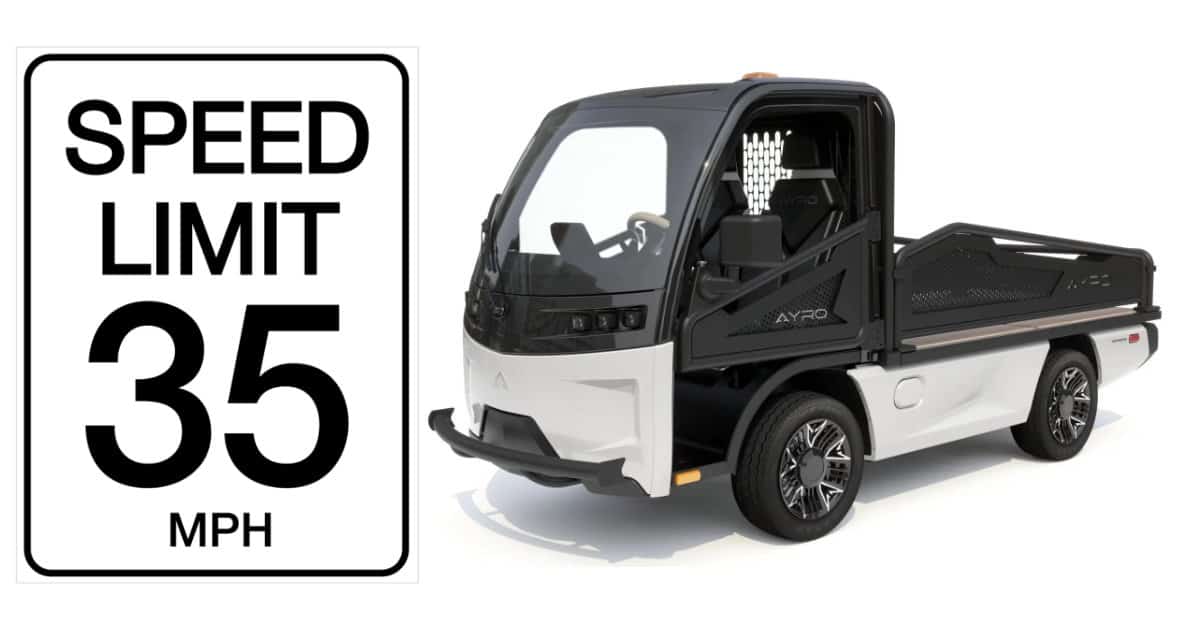
LSEVs are subject to different laws and regulations, depending on their operating region. In the US, most states categorize LSEVs as Neighborhood Electric Vehicles (NEVs) and restrict their operation to roads with speed limits up to 35 mph. China, a leading market for LSEVs, classifies them as New Energy Vehicles and offers substantial subsidies for buyers.
In terms of licensing, most jurisdictions require drivers of LSEVs to have a regular driver’s license. However, it’s recommended to check local regulations as requirements may vary.
Popular LSEV Models
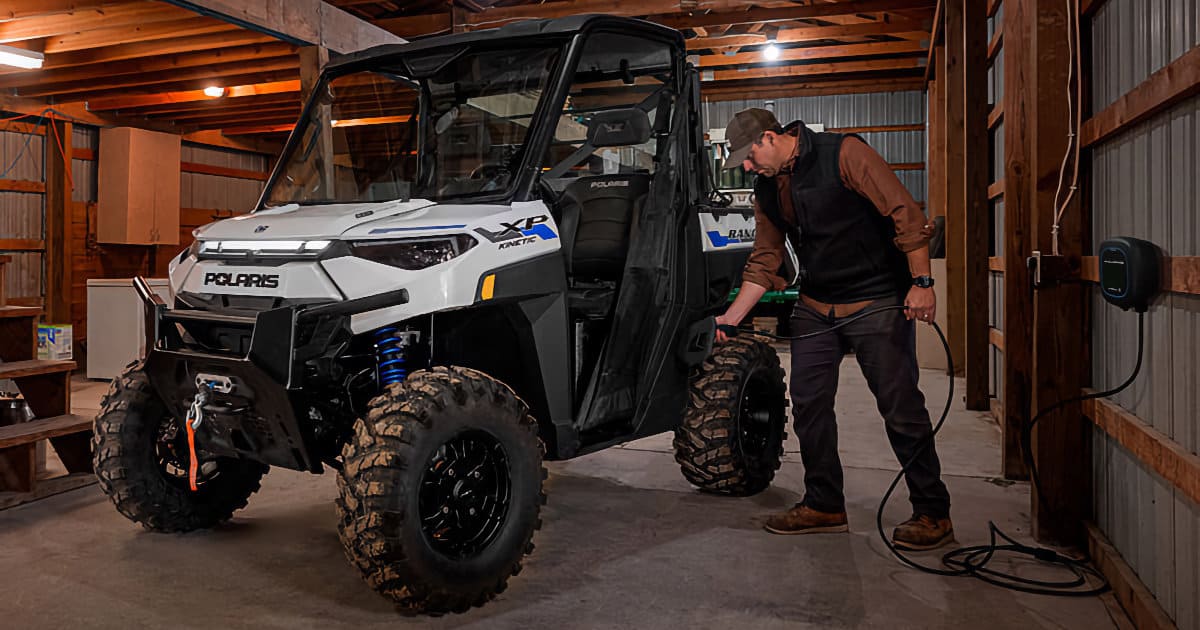
There are numerous LSEV models available in the market, each with unique features and specifications. Some of the leading manufacturers include Club Car, Polaris, and Textron, which produce LSEVs suitable for a wide variety of purposes from golf cars to utility vehicles.
Emerging innovators are also entering the LSEV market, bringing with them unique design elements and advanced features. Some of these entrants include companies like Arcimoto and Ayro, which are pushing the boundaries of LSEV design with three-wheeled models and advanced connectivity features.
LSEV Buying Guide
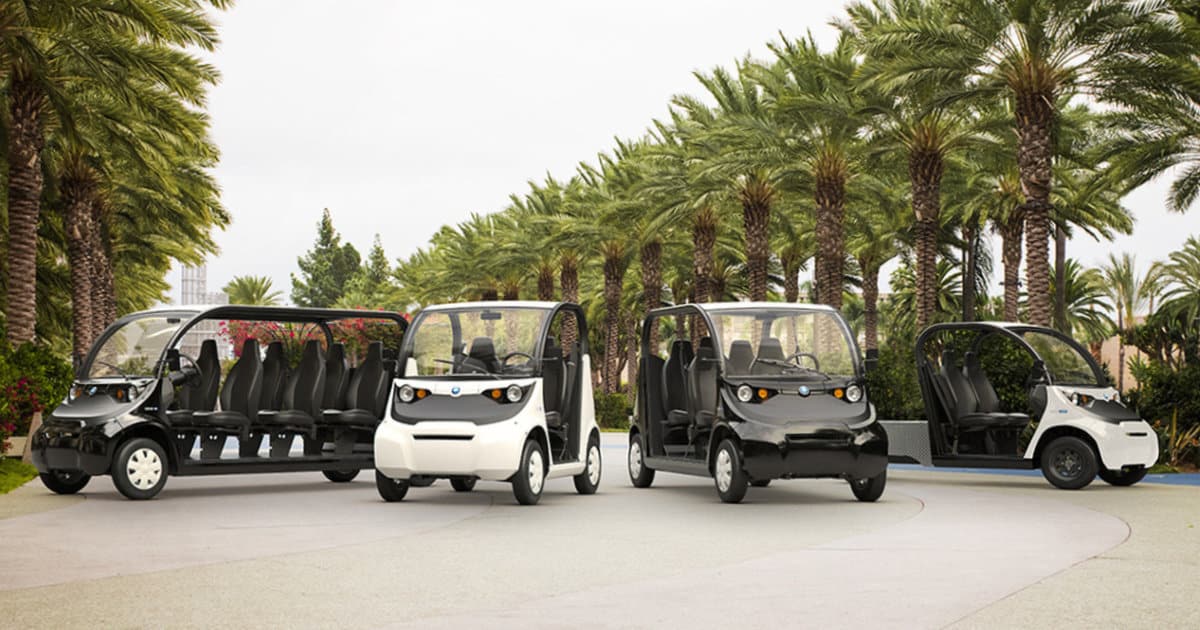
Buying an LSEV involves careful consideration of the purchase price and ongoing costs. While LSEVs are usually cheaper than traditional vehicles, the actual cost can vary significantly depending on the model and features.
Financing options for LSEVs are diverse, ranging from direct purchases to leases. Moreover, some local, state, or federal governments offer incentives for purchasing electric vehicles, including tax credits and rebates, which can further reduce the effective cost.
Charging and Maintenance of LSEVs
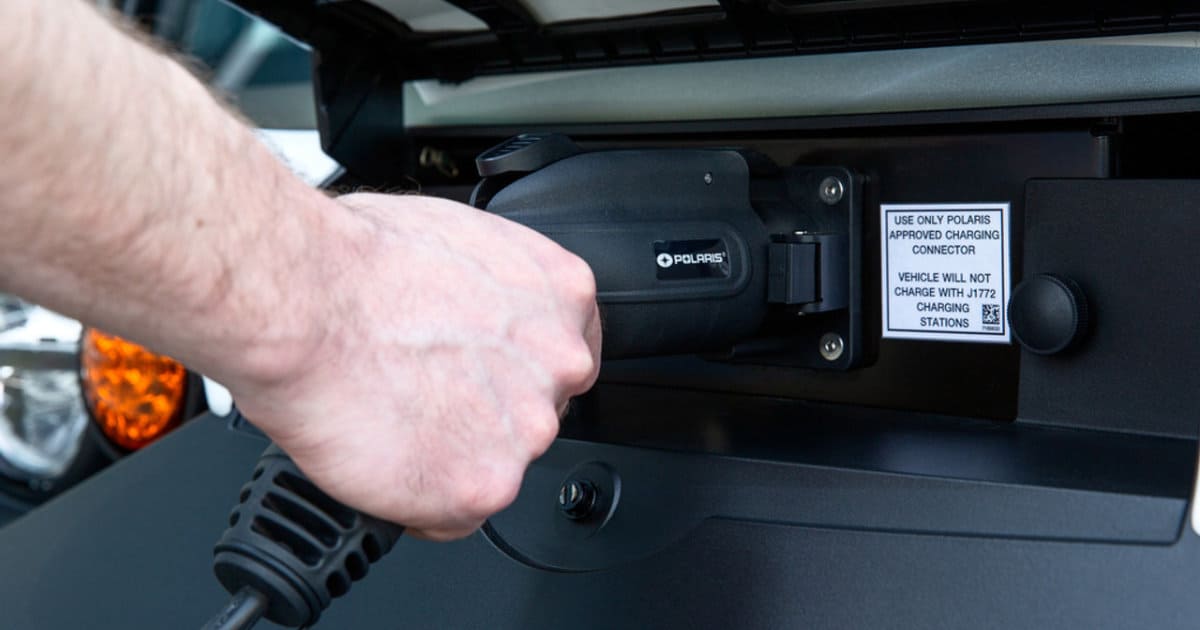
Charging an LSEV is a straightforward process, much like charging a smartphone. Most LSEVs can be charged using standard household outlets (Level 1 charging), though Level 2 chargers are becoming more commonplace and can charge an LSEV much faster. The typical charging time varies from a few hours to overnight, depending on the charger level and battery capacity.
When it comes to maintenance, LSEVs are much simpler than their internal combustion engine counterparts. They have fewer moving parts and do not require oil changes, significantly reducing the maintenance requirements. Regular maintenance generally involves inspecting the battery and electrical components, tire rotation, and brake inspection.
Environmental Impact of LSEVs

One of the primary benefits of LSEVs is their environmental impact. Being electric, LSEVs produce zero tailpipe emissions, reducing local air pollution. In terms of energy use, even when considering the emissions from electricity production (a “well-to-wheel” analysis), LSEVs are still usually cleaner than conventional vehicles.
However, the environmental impact of LSEVs also includes considerations of battery production and end-of-life disposal. Advanced battery recycling techniques are being developed to tackle these issues and further reduce the environmental footprint of LSEVs.
LSEVs vs Traditional Vehicles

When compared to traditional vehicles, LSEVs offer a number of benefits. In terms of total cost of ownership, LSEVs often come out ahead thanks to lower fueling (electricity) and maintenance costs, despite sometimes higher upfront costs.
On the environmental front, LSEVs have a much smaller carbon footprint due to their high efficiency and zero tailpipe emissions. This is particularly noticeable in urban environments, where traditional vehicles’ emissions have a significant impact on local air quality.
The Future of LSEVs
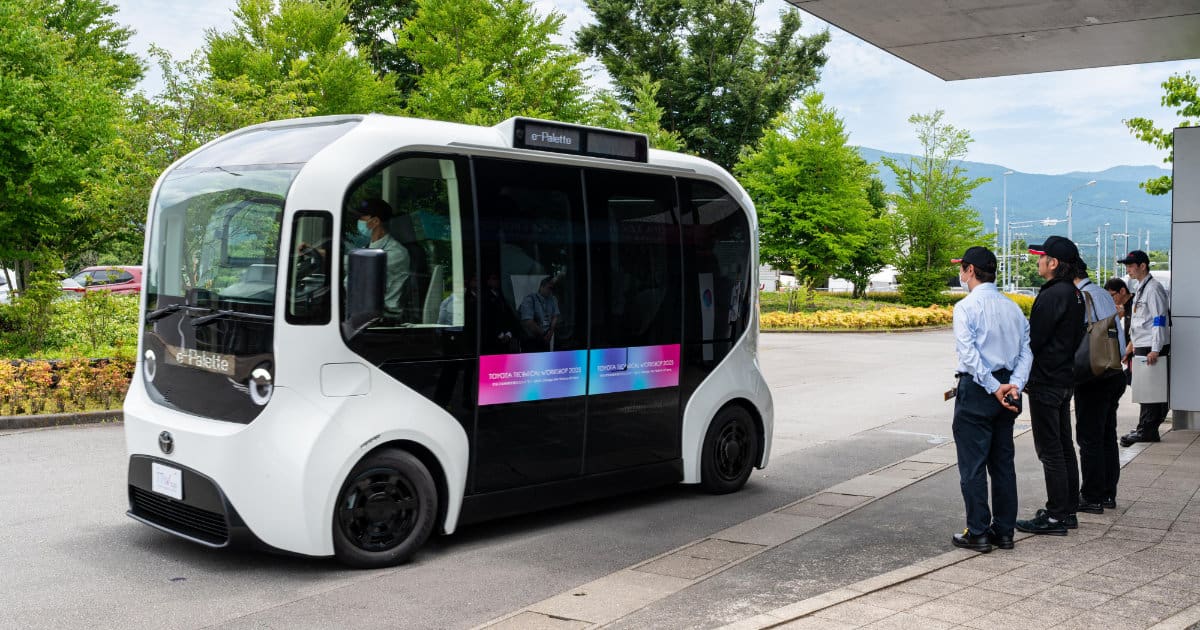
The future of LSEVs is bright, with continuous technological advancements and increasing consumer interest. Potential future developments include even more efficient batteries, more powerful motors, and advanced driver-assistance systems.
As society shifts towards more sustainable forms of transport, and as governmental regulations increasingly favor electric vehicles, the demand for LSEVs is set to rise. It’s an exciting time for this growing sector of the automotive world, and this beginner’s guide should serve as a good starting point for those looking to understand more about LSEVs.
Frequently Asked Questions About Low-Speed Electric Vehicles
Low-Speed Electric Vehicles (LSEVs) are a category of electric vehicles designed primarily for short-range and low-speed urban commuting. These vehicles are particularly well-suited to congested city streets and short commutes, with most LSEVs having a speed limit of around 25-30 mph and a range between 30 to 100 miles per charge, depending on various factors such as model, terrain, and load.
LSEVs typically have a lower total cost of ownership than traditional vehicles. They are usually cheaper to buy and have significantly lower fueling and maintenance costs. This is due to their high energy efficiency and simpler mechanical design, which has fewer moving parts and requires less routine maintenance than internal combustion engine vehicles.
Yes, LSEVs are generally more environmentally friendly than traditional gas-powered vehicles. Being electric, LSEVs produce zero tailpipe emissions, reducing local air pollution. Furthermore, even when considering the emissions from electricity production, LSEVs are typically cleaner than conventional vehicles due to their high energy efficiency. However, it’s also important to consider the environmental impact of battery production and end-of-life disposal.
The future of LSEVs looks promising with continuous technological advancements and increasing societal awareness about the importance of sustainable transportation. We can expect to see advancements in battery technology, more powerful motors, and perhaps even the integration of autonomous driving features. As more governments implement regulations that favor electric vehicles, and as the charging infrastructure continues to develop, the demand for LSEVs is likely to grow.
Low Speed Electric Vehicles In The News
- Fiat Topolino: Eco-Friendly Microcar Revolutionizes Urban MobilityExplore the Fiat Topolino, the sustainable microcar revolutionizing urban mobility with unique features and Italian Dolce Vita style.
- AYRO Vanish: First US-Crafted Electric Mini-Truck Starts Street-Legal ProcessAYRO Vanish, the US-made electric mini-truck, nears production with unique modular design, soon-to-be street-legal status, and impressive payload capacity.
Sources
Ayro: Website
GEM: Website
Moto Electric Vehicles: Website
Polaris Off Road LSEVs: Website
Westward Vehicles: Website
